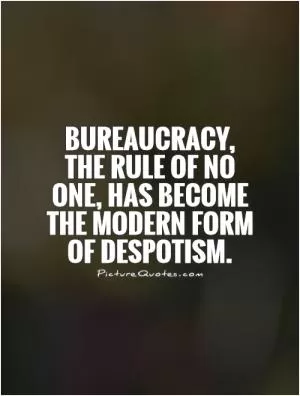Old money is fully as moronic as new money but it has inherited an appearance of cultivation

Old money is fully as moronic as new money but it has inherited an appearance of cultivation
Mary McCarthy, a renowned American writer and critic, was known for her sharp wit and keen observations on society and culture. In her works, she often delved into the complexities of class and wealth, shedding light on the nuances of old money versus new money. One of her most famous quotes, “Old money is fully as moronic as new money but it has inherited an appearance of cultivation,” encapsulates her views on the subject.McCarthy’s statement suggests that both old money and new money are equally lacking in intelligence or sophistication, but old money has the advantage of appearing refined and cultured due to its long-standing lineage. Old money families have typically been wealthy for generations, passing down their wealth and social status from one generation to the next. As a result, they are often perceived as having a certain level of sophistication and class that new money families may lack.
However, McCarthy’s assertion that old money is just as moronic as new money challenges the notion that wealth equates to intelligence or refinement. She suggests that the appearance of cultivation that old money exudes may be nothing more than a facade, masking the same flaws and shortcomings that new money families possess. In reality, both old money and new money individuals are susceptible to the same human follies and shortcomings, regardless of their social status or financial standing.
McCarthy’s commentary on old money versus new money reflects a deeper critique of the superficiality and pretentiousness that often accompany wealth and social status. She highlights the importance of looking beyond appearances and recognizing the inherent humanity and fallibility of individuals, regardless of their economic background. By questioning the perceived superiority of old money over new money, McCarthy challenges her readers to reconsider their assumptions about class and privilege, urging them to see beyond the surface and recognize the complexities and contradictions that exist within all individuals.












 Friendship Quotes
Friendship Quotes Love Quotes
Love Quotes Life Quotes
Life Quotes Funny Quotes
Funny Quotes Motivational Quotes
Motivational Quotes Inspirational Quotes
Inspirational Quotes